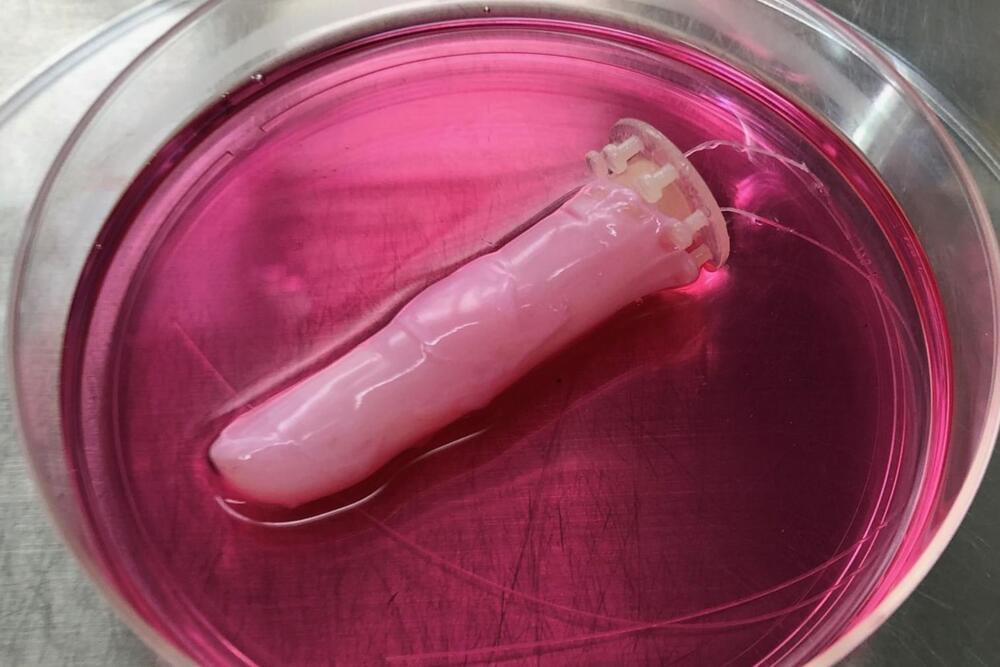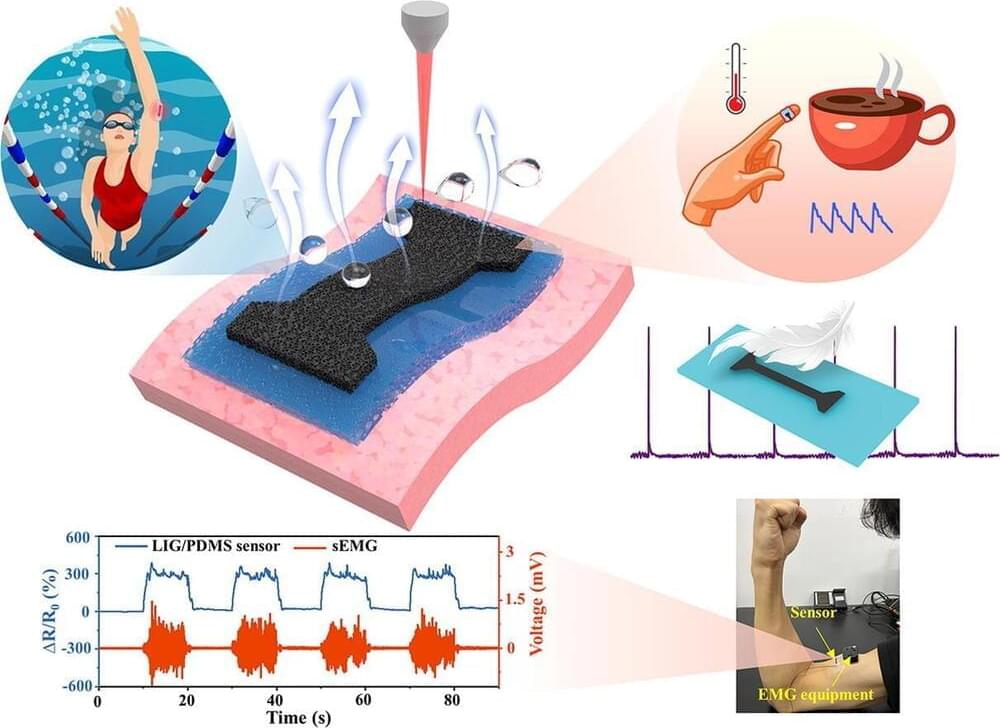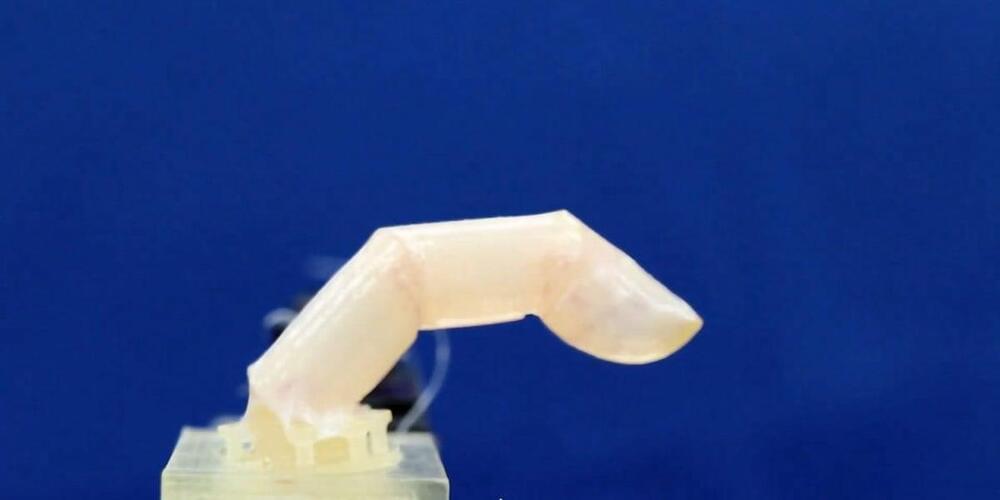We’ve been hearing a lot about synthetic skins designed for robotic hands, which would give the devices more human-like qualities. Well, scientists in Japan have gone a step further, by covering a robotic finger in a self-healing skin made from live human cells.
Led by Prof. Shoji Takeuchi, a team at the University of Tokyo started by building an articulated motor-driven robotic finger, capable of bending and straightening like its human counterpart. That finger was then submerged in a cylinder filled with a solution made up of collagen and human dermal fibroblast cells – these are the main components of our skin’s connective tissues.
Due to its natural properties, that solution shrank and conformed to the contours of the finger, forming a seamless hydrogel coating. Next, the scientists added a layer of human epidermal keratinocyte cells, which constitute 90 percent of our epidermis (the outermost layer of skin). These formed a moisture-retaining/water-resistant barrier on top of the gel, and gave the finger a more natural texture.




